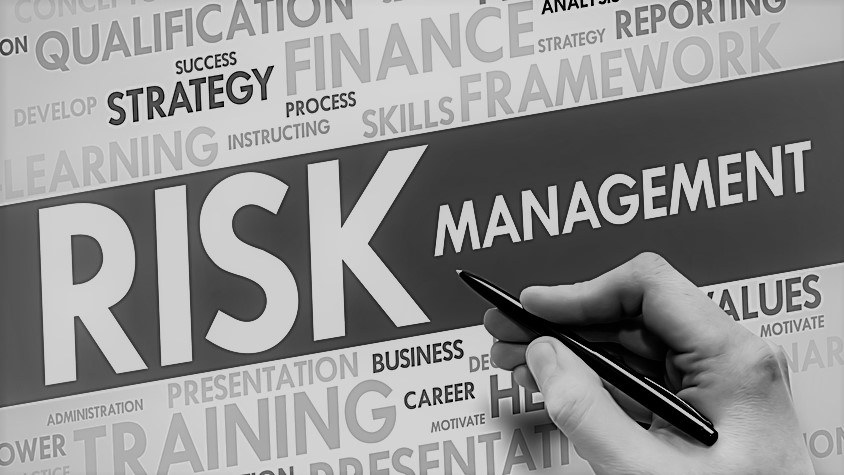What is Day Trading?
Intraday trading refers to buying and selling stocks and ETFs on the same day during regular business hours. While day trading can occur in any marketplace, it is most common in the foreign exchange and stock market.
Day Traders base their trades on strategies such as swim trading, arbitrage candlestick patterns, and trend lines. As a day trader, you must choose entry and exit points carefully. Additionally, stop-loss orders or mental stop loss points should be put in place to limit potential loss. Day traders attempt to profit off of small, short term movements, and therefore it is hard to profit from large sums without trading large amounts or using leverage.
Day trading is complicated and takes years of experience to become fluent. Below you can find advice from day traders to help you accelerate your learning.
How Can I Shorten My Learning Curve?
If you can, work with a mentor or alongside someone who has more experience than you so they can help guide you in the right direction. Your mentor should be someone who you can relate to and someone who trades in a similar way that you aspire to trade. This means you will have to determine if you’re a swing trader, day trader, scalper, long term position trader or a combination of a few. Figuring out what trading strategy you align with should be done before you begin your search for a mentor and that takes time. Once you find out what suits you, find an experienced trader who can show you how to see results with that particular trading style.
How Much Time Do I Need to Devote to Day Trading?
It is hard to make day trading a hobby, as it would more accurately be described as a business and full time job. It is not a quick get rich scheme. Like any business, there is risk and losses involved, but you have to risk some money to make some money.
Is Machine Learning Favorable to Day Trading?
The problem with Machine Learning is that it’s very difficult to apply in trading and acts more like a filtering method than a decision-making tool. Many paper trading tests will be conducive and still fail in real trading because they over-fit and that is because Markets have different train and test distributions. Applying cutting edge technology sometimes works and other times does not. According to some, simple statistics, Monte Carlo simulation and a little bit of Python is all you need.
Nonetheless, use technology to your advantage wherever you can. Backtesting will improve your trading, when there is a loss you will accept the loss because you already know the success ratio of your strategy. If you backtest thoroughly, over a time you will know when you can ride the trend when to close early even though your stop loss was not hit. Charting platforms allow traders an infinite variety of methods for viewing and analyzing the markets. Backtesting an idea on historical data before risking any cash can save an account.
How Much Should I Be Investing as a Beginner Trader?
There is no such thing as free money. Every decision and trade involves risk. It is imperative you only risk what you can afford to lose and won’t miss in the near future.
That being said, don’t over bet. Risk assessments, position-sizing, starting small and trading modestly can be the key to success. Even if you are profitable for 6 months, you can always lose more than you profited from in previous months. The market is brutal and extremely volatile and you can avoid large losses by trading modest amounts.
How to Stay Motivated When Your Trades Don’t Turn Out Like You Planned
It’s important to learn from your mistakes and not get discouraged. Most of the time you will be disheartened by your surrounding environment; your family, friends, colleagues and even your own self. There will always be someone to tell you your mistake could have been avoided as they are looking back at it in hindsight. Trading takes years to master and the proficiency comes from learning from your mistakes, constantly reevaluating and refilling your strategy base. It’s also critical to adjust your expectations, especially as a beginner. Consider reducing your watch-list to focus on liquidity and volume. Remember there is no earning without learning.
Remain patient, sometimes the best trade is not to trade. Trading can be addicting and mastering the urge is key to success. Patience is also relevant to entry and exits. You will see prices you want, but that can change the LMT order. Don’t rush and be strong, it takes time. Eventually you will hold on to your opinions and wait for the other side to take it. Furthermore, if you have a losing trade, there is no escape and expiration is weekly, so don’t rush to fix it. The market can bounce back and your losses could get smaller. Remember trading is not just a science it’s an art that requires a lot of practice. Getting to a level of trading effortlessly is what divides professionals and hobby traders.
Keep a Trading Journal
Keeping an up to date trading journal will improve everything. From commissions and odds to assets you trade. You will learn more than you think, and will differently improve your discipline.
Should I Use a Stop Loss?
Always use a stop loss. A Stop loss is a predetermined amount of risk that a trader is willing to accept with each trade and limits the trader’s exposure during a trade. Using a stop loss takes the emotion out of trading. Using a protective stop loss helps ensure that your losses and risks are limited.
Conclusion
In conclusion, as a beginner, there is much to learn, but some good tips to help you get started are find yourself a mentor, someone who has similar trade ideas to you, and who can show you the ropes. Day trading can be a full-time job and takes a lot of patience and discipline, so be sure that you have the time to set aside.
Understand that it’s inevitable that some trades will not work out in your favor and when that happens do not lose motivation or get discouraged. Start out with small trades and don’t bet what you cannot afford to lose. Trading takes years to master and the proficiency comes from learning from your mistakes and adjusting your expectations. Remain patient and don’t rush into any trades.
Technology is your friend and should be used to your advantage when it comes to doing research and making trades. Keeping a trading journal also comes highly recommended. Lastly, be sure to determine a protective stop loss to minimize losses.

















